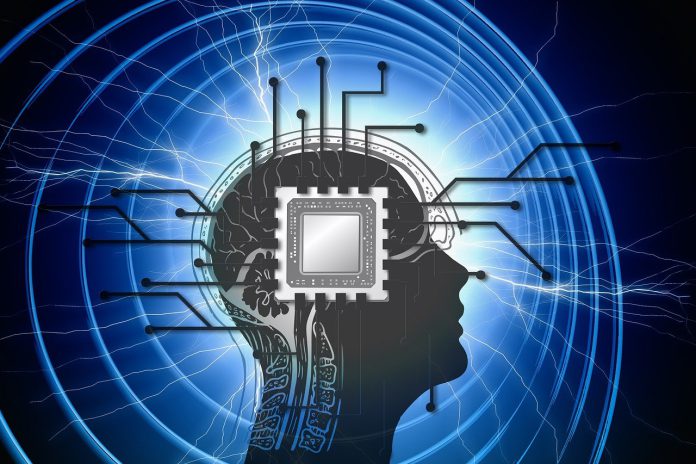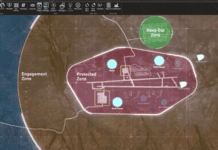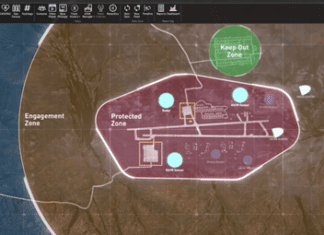This post is also available in:
 עברית (Hebrew)
עברית (Hebrew)
Inbrain Neuroelectronics’ new brain implant can both read signals and stimulate brain impulses, with brain-computer interface (BCI) that uses graphene to create a high-resolution interface with the brain. The Inbrain website states that approximately 30% of the world’s population is affected by neural disorders, and that the company’s innovative BCI tool means to offer therapeutic benefits for patients with Parkinson’s disease and other neurological disorders.
BCI technology is like a bridge between the brain and external devices – it records and interprets brain signals, thus opening doors in medical diagnostics, for communication with people with speech limitations, and even for controlling external equipment (like robotic limbs). However, according to Inbrain’s CEO, Carolina Aguilar, traditional BCIs made of metal experience a phenomenon called “Faraday reactions” which causes the electrical signals to get scrambled, making it difficult to send information back to the brain.
According to Interesting Engineering, the new graphene technology avoids this issue – graphene forms a two-dimensional material that is just one atom thick but is incredibly resilient, making it a game-changer for advancements in next-generation brain interfaces. The company states the graphene device can “inject 200 times more charge without creating a Faradic reaction,” offering stability for “over millions of pulses of stimulation” for brain therapy.
As for the human trials, those will take place at the University of Manchester. The new chip will be used during surgery on a brain tumor: “The chip is positioned during the tumor resection so that it can read, at a very high resolution, the signals that tell the surgeon where there is a tumor and where there is not a tumor,” said Aguilar in an interview, explaining they chose this for the first trial as it is a fast way to prove graphene is safe for human usage.
As mentioned, the chip is also expected to potentially be used to treat Parkinson’s disease – for that, it would be upgraded to work in the nigrostriatal pathway (the part of the brain that controls movement) and decipher the brain’s signals for actions like stepping or raising an arm. It would also be able to pick up on signs of Parkinson’s (like shaking, stiffness, or issues with walking), which would help clinicians fine-tune treatment strategies and optimize their efficacy for each patient.


























